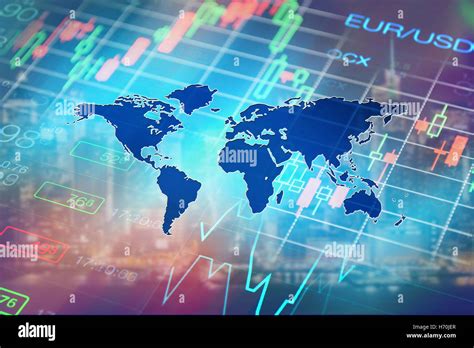Amidst the grandeur of the Rose Garden at the White House, a momentous event unfolded. The US President, Donald Trump, took to the podium to make a groundbreaking announcement that would send ripples across borders and oceans. The air was charged with anticipation as journalists and dignitaries gathered to witness history in the making.
Trump’s Tariff Decree
With an air of authority, President Trump declared a new wave of tariffs that would not spare even Australia – a move that caught many by surprise. The imposition of a 10% tariff on all imports from Down Under was part of a global tariff regime that aimed to reshape trade dynamics. In what he termed as a “liberation day” speech, Trump made it clear that no country would be exempt from this economic reordering.
As the news reverberated around the world, reactions poured in from various quarters. Australian Prime Minister Anthony Albanese acknowledged the impact but also highlighted the complexities involved. While expressing discontent over the situation, he emphasized that navigating these challenging waters required resilience and strategic foresight.
Australian Beef Ban Drama
One particular point of contention emerged during Trump’s address – Australia’s ban on US beef imports due to mad cow disease concerns dating back to 2003. With fervor in his voice, Trump pointed out this discrepancy while acknowledging Australia’s stance for protecting its local farmers. This issue struck a chord within both nations’ agricultural sectors, igniting debates on trade practices and biosecurity protocols.
The saga continued as industry experts weighed in on the potential repercussions of lifting Australia’s beef ban or facing retaliatory measures from across the Pacific. Simon Stahl, CEO of a prominent meat company in New South Wales, expressed support for evidence-based decisions while cautioning about market impacts. The delicate balance between trade interests and safety standards came into sharp focus amidst these deliberations.
Global Trade Turbulence
The ramifications of Trump’s tariff gambit extended far beyond bilateral relations with Australia. Countries like China, India, and Vietnam faced higher tariff rates as part of this sweeping policy shift. The European Union found itself grappling with a substantial 20% tariff burden – signaling turbulent times ahead for global commerce.
Expert analyses painted a nuanced picture of these developments, highlighting intertwined geopolitical strategies and economic posturing at play. As alliances were tested and diplomacy strained under mounting pressures, stakeholders braced themselves for an uncertain future shaped by protectionist policies and shifting trade landscapes.
The Road Ahead
In the midst of escalating tensions and rhetoric-filled exchanges, one thing remained certain – challenges lay ahead for Australian exporters navigating through this new normalcy in international trade dynamics. As political campaigns unfolded domestically amidst this global turmoil, leaders grappled with striking a delicate balance between safeguarding national interests and fostering diplomatic dialogues for mutual prosperity.
As dusk settled over Washington D.C., echoes of Trump’s words lingered in minds worldwide – ushering in an era where economic nationalism clashed with global interconnectedness. And amidst these tumultuous tides of change, nations stood at crossroads – their destinies intertwined by threads woven through intricate webs of commerce and cooperation.

